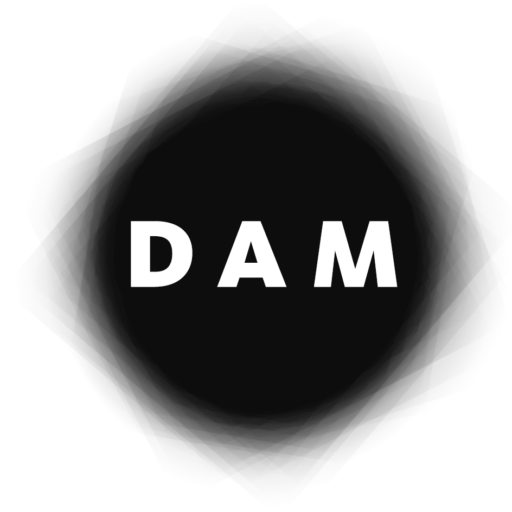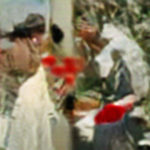Casey Reas
Compressed Cinema (2018-present)
The series Compressed Cinema comprises five audiovisual works with video images created by Reas and an audio track composed by Jan St. Werner. The images for the videos were derived from a set of “film stills” created by Reas with generative adversarial networks (GANs). This process is documented in REAS’ 2020 book Making Pictures with Generative Adversarial Networks.
Atomism (2012-present)
This series consists of different versions and applications of software in the generation of abstract forms, with the final output being both software-based generative artworks, and prints. Among others, it includes the mural A Mathematical Theory of Communication (2014), commissioned by Landmarks, the public art program of the University of Texas at Austin.
Ultraconcentrated (2003-present)
Comprising software-based generative artworks and prints, this series is characterized by the introduction of broadcast images, which are algorithmically altered to become almost abstract forms, yet retain some of their original meaning.
Process Compendium (2004-2014)
One of the most important series in Reas’ work, Process encapsulates the artist’s exploration of the phenomenon of emergence using a system that allowed him to endlessly generate visual compositions based on a combination of Forms, Behaviors, Elements, and Processes. This series is documented in the book Process Compendium, 2004-2010 (REAS Studio, 2010).
MicroImage (2001-2004)
The earliest series in the work of Casey Reas comprises software-based generative artworks, prints, and garnments. The pieces we created using the custom-made Tissue and Path software programs, which draw inspiration from the ideas of neuroanatomist Valentino Braitenberg.





